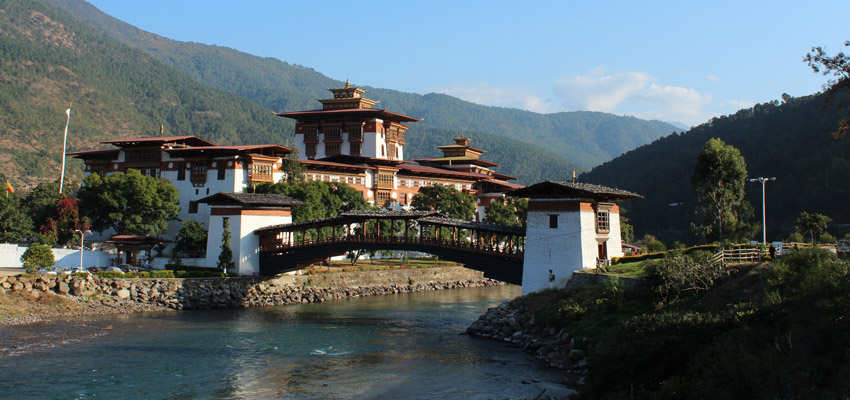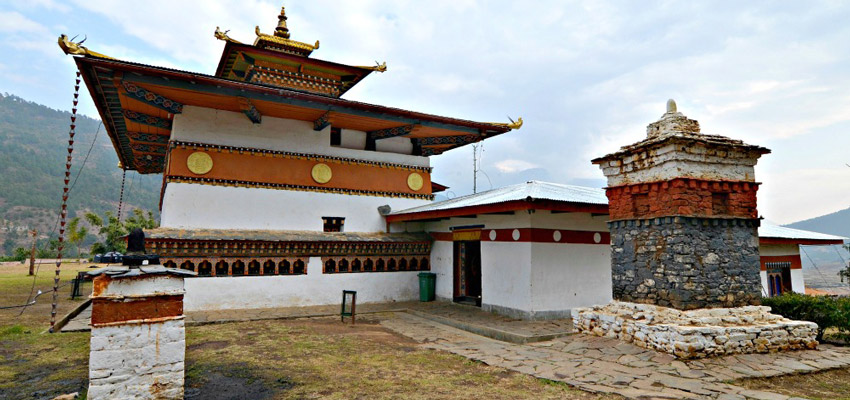
Arts & Crafts
Zorig Chusum: Bhutan’s Thirteen Traditional Arts
An essential part of Bhutan’s cultural heritage are the thirteen traditional arts and crafts that have been practiced from time immemorial. These arts were formally categorized during the reign of Gyalse Tenzin Rabgay, the fourth temporal ruler of Bhutan.
Historical Roots and Cultural Significance:
The roots of Zorig Chusum delve deep into Bhutan’s history, with the great 15th-century tertön, Pema Lingpa, traditionally credited as the harbinger of these arts. However, it was during the rule of Gyalse Tenzin Rabgye (1680-1694), the 4th Druk Desi, that the thirteen traditional arts were formally categorized. Ngawang Namgyal, the Zhabdrung Rinpoche, ordered the establishment of a school for instruction in these arts in 1680, providing a structured platform for the preservation and perpetuation of Bhutanese cultural heritage.
The Thirteen Traditional Arts:
Dezo – Paper Making: This craft involves the meticulous creation of handmade paper using the Daphne plant and gum from a creeper root. The resulting paper serves as a medium for religious texts and artistic expressions.
Dozo – Stonework: Stonework is an integral part of Bhutanese architecture, contributing to the construction of stone pools, dzongs, gompas, stupas, and other sacred structures. The craftsmanship in stone reflects both utility and aesthetic beauty.
Garzo – Blacksmithing: The art of blacksmithing manifests in the creation of iron goods such as farm tools, knives, swords, and various utensils. Blacksmiths skillfully shape iron into both utilitarian and ornamental items.
Jinzo – Clay Arts: Jinzo encompasses the making of religious statues, ritual objects, pottery, and the construction of buildings using mortar, plaster, and rammed earth. This art form breathes life into Bhutanese religious and architectural landscapes.
Lhazo – Painting: Bhutanese paintings, whether on thangkas, walls, or statues, are a visual expression of religious stories and cultural narratives. The art of painting extends to the decoration of furniture and window-frames, adding vibrancy to daily life.
Lugzo – Bronze Casting: Bronze casting involves the production of roof-crests, statues, bells, ritual instruments, jewelry, and household items using sand casting and lost-wax casting techniques. The bronze works contribute to the visual grandeur of Bhutanese monasteries and homes.
Parzo – Wood, Slate, and Stone Carving: Carving in wood, slate, or stone encompasses the creation of printing blocks for religious texts, masks, furniture, altars, and the slate images that adorn shrines and altars, adding intricate details to Bhutanese craftsmanship.
Shagzo – Woodturning: Woodturning artists craft an array of bowls, plates, cups, and other containers, blending functionality with artistic flair. This art form showcases the harmony between utility and aesthetics.
Shingzo – Woodworking: Woodworking plays a crucial role in the construction of dzongs and gompas, contributing to the structural integrity and visual splendor of these architectural wonders.
Thagzo – Weaving: Bhutanese weaving is renowned for its intricacy and beauty, producing fabrics that are among the most finely woven in Asia. Weavers skillfully create textiles that reflect the rich cultural tapestry of Bhutan.
Trözo – Silver- and Gold-Smithing: This craft involves working with gold, silver, and copper to fashion jewelry, ritual objects, and utilitarian household items. The craftsmanship in silver and gold contributes to the regal adornments worn by both deities and people.
Tshazo – Cane and Bamboo Work: From bows and arrows to baskets, containers, utensils, musical instruments, fences, and mats, the art of working with cane and bamboo showcases the versatility of these natural materials in Bhutanese craftsmanship.
Tshemazo – Needlework: Needlework artists employ needle and thread to create intricate garments, boots, and appliqué thangkas. This craft brings to life the wearable art that forms an integral part of Bhutanese attire.



